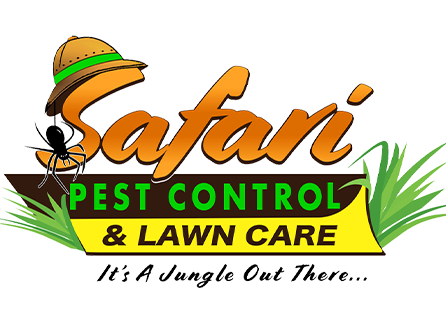Introduction: Winter Lawn Biology
Written: By Rick Orr
During the cooler winter months in Pinellas County, St Augustine turf grass lawns are semi-dormant – living and growing but at a slower pace. The soil microbes are still busy too, doing what soil microbes do – enzymatic digestion of organic matter – aka composting – just at a slower pace.
So don’t be fooled into thinking the soil and turfgrass don’t need food and water in the winter – the St Augustine turf and the soil microbes are living, growing, and need food and water to stay healthy. Without an active and healthy turf and soil microbe population in winter, the St Augustine turfgrass lawn will lag in the spring, losing valuable time during a prime growing season.
5 Things To Do in the Winter for St Augustine Lawns
- Water Your Lawn
- Feed Your Lawn
- Mow Infrequently but as High as the Mower will Go
- Weed Control
- Be Patient
Master these five activities during the winter and you’ll be rewarded with a healthy lawn this spring and well into the summer months.
Water Your Lawn
One persistent myth is that St Augustine needs less water in the winter. This is false. Although the St Augustine turf is semi-dormant, it is still living and growing and needs food and water to do so. The soil is teeming with soil microbes that need moist soil to compost organic matter into plant food. Let the lawn dry out and you kill the soil microbes, starve the turf and turn your lawn into a weed patch.
So remember, the number one determining factor for the health of your St Augustine turf and soil microbes is water – and about 90% of the water your lawn requires will come from irrigation. Therefore, the irrigation system must run, cover the entire lawn, and put out enough water to “fill” the soil. If it doesn’t – then fix and repair until it does.
How Much Water?
Your lawn needs just as much water in winter as the rest of the year. The amount of water needed is not determined by temperature but by our soils. Our soils need the same amount of water whether it is hot or cold. On average our sandy soils in Pinellas County will require watering 3 times per week – even in the winter. Learn more here: How to Set Up Your Irrigation System to Keep a St Augustine Lawn Alive with 2x Week Watering Restrictions
Feed Your St Augustine Turf Grass Lawn
The main goal of feeding a lawn is not feeding the turf, it is for feeding the soil microbes so that they can compost. Nitrogen, potassium, sulfur, and iron are not readily available in our sandy soils and need to be replenished on a regular basis. – even in the winter.
My winter feeding program focuses on potassium and micronutrients - especially sulfur and iron – but I don’t neglect nitrogen. I limit nitrogen to 0.5 pounds per 1000 square feet of the lawn during the winter. One good granular application of a 16 -0-8 with a good micronutrient package is sufficient until spring.
Mow Infrequently but as High as the Mower will Go
Winter is not the time to mow low – mowing low does more harm than good in the winter. When you mow low it opens up the canopy, exposing the soil and tender roots and stems to drying sun and winter winds. Dry soil and sun-parched stems and roots do not make for a healthy lawn. These winter months are a perfect time to skip a few mowings, allowing the canopy to become even higher and reduce wear and tear.
Weed Control is Effective and Safer
Winter is the best time for weed control. Focus on the persistent perennial weeds like Dollar Weed, sedges, and Day Flower. There are other annual weeds that pop up - but they will melt away with the rising temperatures - so focus on the perennials. I suggest Manor and Basagram as good herbicides to use on a St Augustine lawn in the winter months for control of dollar weed, sedges, and dayflower.
Written By: Rick Orr Check Out His Blog here
